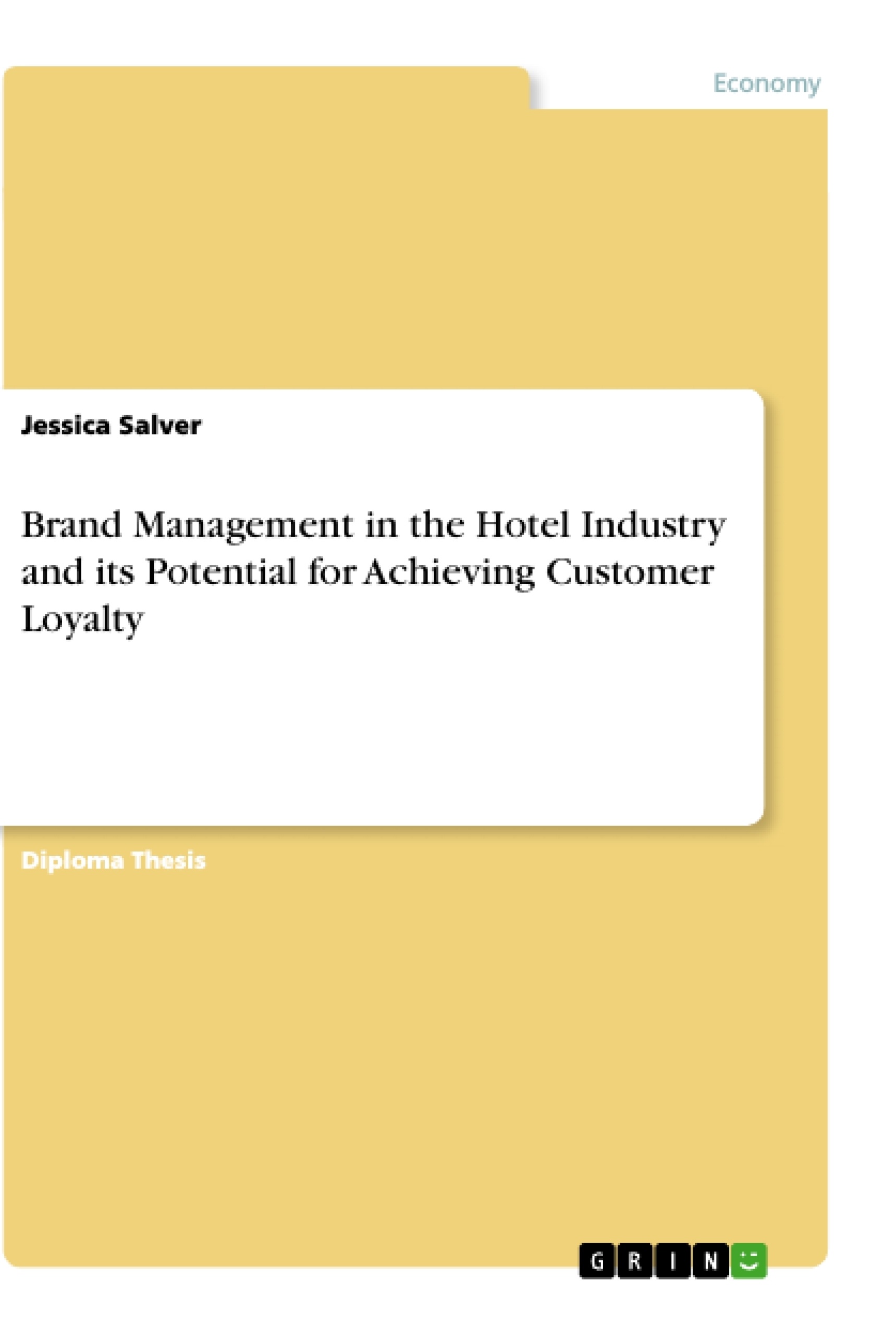Brands are a phenomenon that has been in existence already for centuries. From its original purpose of marking livestock, the concept was later adopted by manufacturers for their products and further developed and adapted to changes in business environments. The original idea of using marks to indicate ownership and origin, however, can be traced back even for millennia to ancient Greek and Rome and early Chinese dynasties.
These days, the number of brands is greater than ever. More and more businesses have come to realize the power of brands, and the concept of brand management has consequently gained considerable interest in recent years. Every year the number of new brands registered increases. Fortune magazine suggests that "In the 21st century, branding ultimately will be the only unique differentiator between companies."
Initially, the use of brands, or marks respectively, was limited to physical products only. Service brands are comparatively new in the long history of branding. The hotel industry – along with many other services – is lagging behind manufactured goods by decades. For this reason, research on brand management mainly concentrates on this type of products. Literature on service brands is comparatively scarce. Nonetheless, there are great potentials for brand management in the service industry in general and the hotel industry in particular.
Hotel services differ from physical goods in many ways. For this reason, research findings and approaches to building and managing brands cannot simply be transferred. The major goal of this work is therefore to examine the concept of brand management, to adapt and apply it to hotel services.
In today’s ultra-competitive business environment, customer loyalty is a hot topic. The hotel industry has turned into a buyer’s market. Competition keeps intensifying at steady pace, resulting in a surplus of capacities. As a consequence, the importance of making guests return becomes a critical issue. It is said that brands provide the opportunity to encourage the creation of loyalty among consumers. In comparison to generic products, they are believed to have an advantage in achieving this goal. A second objective of this work is to determine the connection between these two concepts and to investigate the beneficial effects of branding hotel services for the process of establishing loyalty.
Inhaltsverzeichnis (Table of Contents)
- INTRODUCTION
- PART A
- 1 The Concept of Brands
- 1.1 Definitions
- 1.2 Brand Functions
- 1.2.1 Company Benefits
- 1.2.2 Consumer Benefits
- 1.3 Product Requirements
- 1.4 Evolutionary Eras of Brand Management
- 2 Branding in the Hotel Industry
- 2.1 The Industry of Hotel Services
- 2.1.1 Economic Position
- 2.1.2 Industry Trends
- 2.1.2.1 Customer Trends
- 2.1.2.2 Suppliers Trends
- 2.2 Characteristics of Hotel Services
- 2.3 The Need for Branding In the Hotel Industry
- 2.4 Unfavorable Conditions for Branding Hotel Services
- 2.4.1 Difficulties Resulting From Involvement of People
- 2.4.2 Difficulties Resulting From Intangibility
- 2.5 Favorable Conditions for Branding Hotel Services
- 2.6 Creating a Hotel Brand
- 2.6.1 Strategic Brand Analysis
- 2.6.2 Brand Identity
- 2.6.2.1 The Brand as a Product
- 2.6.2.2 The Brand as an Organization
- 2.6.2.3 The Brand as a Person
- 2.6.3 Brand Name
- 2.6.4 Brand Symbol
- 2.6.5 Brand Slogan and Stories: The Brand in Words
- 2.6.6 Hotel Employees as a Brand Element
- 2.6.6.1 Brand Culture
- 2.6.6.2 Additional Efforts
- INTERIM RESULTS
- PART B
- 3 Conceptual Framework
- 3.1 Benefits of Customer Loyalty
- 3.2 Expressions of Customer Loyalty
- 3.3 The Achievement of Customer Loyalty
- 4 Establishing Customer Loyalty
- 4.1 Consumer Behavior
- 4.2 Customer Buying Process
- 4.3 Loyalty Elements and the Power of Brands
- 4.3.1 Customer Satisfaction
- 4.3.2 Brand Image
- 4.3.3 Sympathy
- 4.3.4 Trust
- RESULTS & CONCLUSION
- REFERENCES
- INDEX
- Branding in the hotel industry and its unique challenges
- The importance of brand identity and its components in hotel branding
- The role of customer loyalty in the hotel industry and its benefits
- Strategies for establishing and fostering customer loyalty through brand management
- The influence of brand image, customer satisfaction, and trust on customer loyalty
Zielsetzung und Themenschwerpunkte (Objectives and Key Themes)
This thesis examines the concept of brand management in the hotel industry and its potential for achieving customer loyalty. It analyzes the characteristics and challenges of branding hotel services, focusing on the role of brand identity, employee engagement, and customer loyalty building strategies.Zusammenfassung der Kapitel (Chapter Summaries)
The first part of the thesis introduces the concept of brands, defining their functions, benefits, and evolutionary stages. It then explores the specific characteristics and challenges of branding in the hotel industry. This section delves into the industry's economic position, customer trends, and the influence of intangible elements in service branding. It also outlines the process of creating a hotel brand, covering aspects like brand identity, name, symbol, slogan, and the role of employees as brand ambassadors. The second part of the thesis focuses on the conceptual framework of customer loyalty. It examines the benefits of customer loyalty, various expressions of loyalty, and the process of achieving it. The thesis then explores customer behavior and the buying process, emphasizing the importance of brand image, customer satisfaction, and trust in building loyalty.Schlüsselwörter (Keywords)
Brand management, hotel industry, customer loyalty, brand identity, service branding, customer satisfaction, brand image, trust, customer behavior, hotel employees.- Quote paper
- Jessica Salver (Author), 2005, Brand Management in the Hotel Industry and its Potential for Achieving Customer Loyalty, Munich, GRIN Verlag, https://www.grin.com/document/137288



